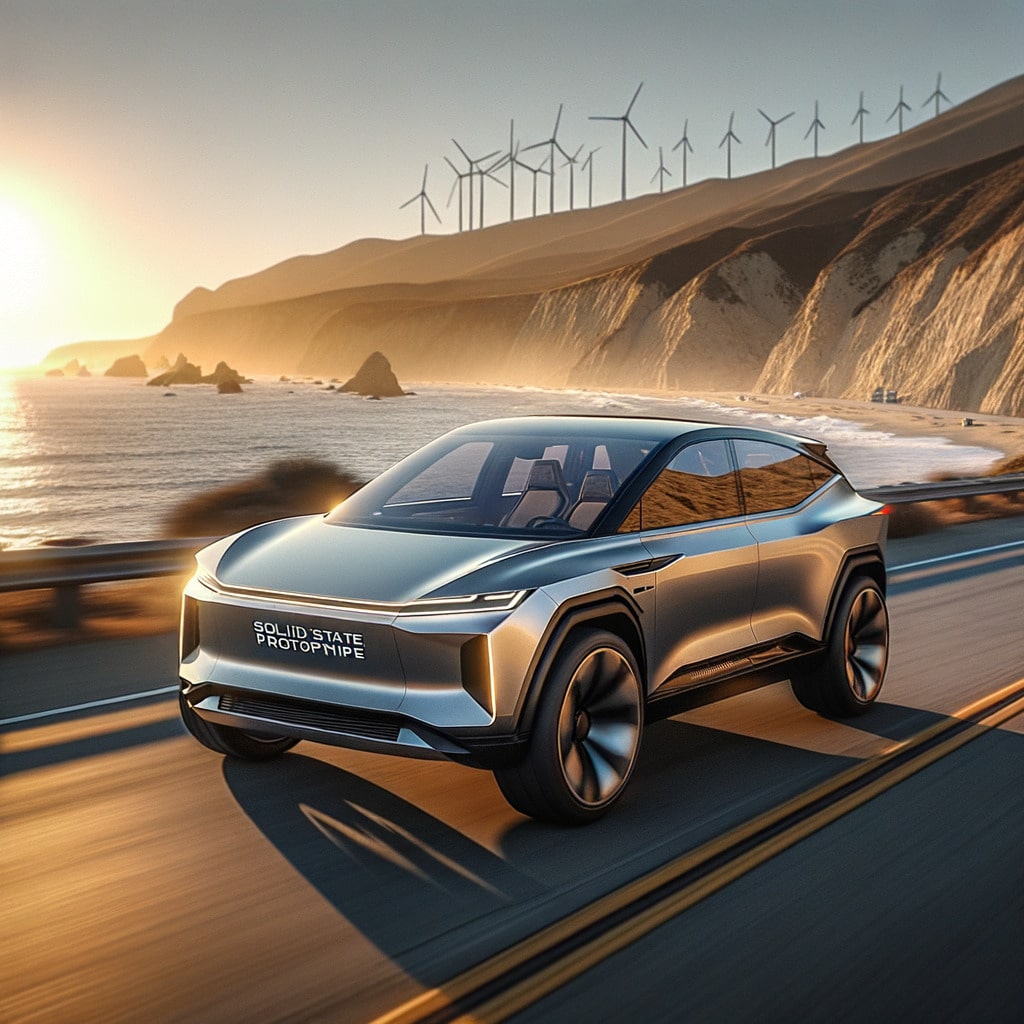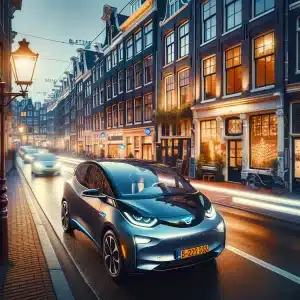A Silent Revolution: How Hyundai’s Solid State Battery Emerged
For months, the automotive news cycle buzzed with big press events and social-media teasers, yet Hyundai kept unusually quiet. Now we know why. Behind closed lab doors in Seoul and at its Namyang R&D Center, engineers were perfecting the Hyundai solid state battery—an innovation that promises to reset expectations for every Hyundai electric vehicle released in the next decade. Unlike splashy concept cars, this breakthrough was born from disciplined materials research: swapping the flammable liquid electrolyte found in lithium-ion cells for a safe, high-conductivity solid substitute. That single change unlocks cascading benefits—higher energy density, cooler operating temperatures, and dramatically quicker charge times.
Hyundai’s low-key approach mirrors its corporate history. From the humble 1975 Pony to today’s IONIQ line, the company has repeatedly leapt forward when the market least expected it. The Hyundai solid state battery represents its boldest leap yet, positioning South Korea’s largest automaker to challenge Tesla, GM, and emerging Chinese brands on range, cost and sustainability. Early internal tests show energy-density gains of roughly 50 %, a figure that could give the upcoming IONIQ 7 a real-world range north of 600 miles. That’s more than enough to cure range anxiety for daily commuters and road-trip warriors alike, and it signals the dawn of true next-generation battery technology.
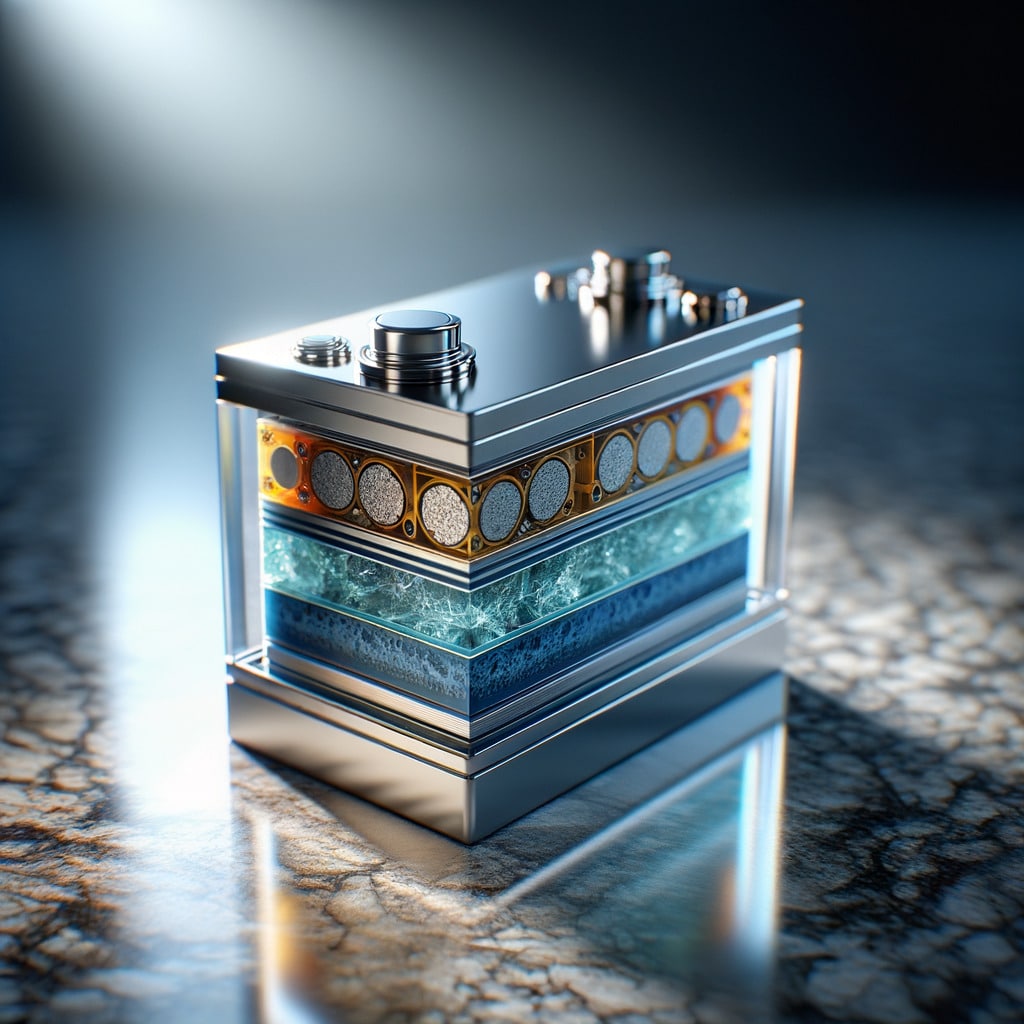
Demystifying Solid State: What Makes This Battery Different?
Every battery has three main components—anode, cathode and electrolyte. In conventional lithium-ion packs the electrolyte is a flammable liquid that shuttles ions back and forth. By contrast, a solid state EV battery replaces that liquid with a dense ceramic, polymer or sulfide-based solid. This structural shift eliminates the risk of leakage, thermal runaway or fire and, crucially, allows the electrodes to be placed closer together, shortening ion-travel distance.
With the Hyundai solid state battery, engineers chose a sulfide electrolyte known for high ionic conductivity and flexibility—two traits that mitigate cracking during charge cycles. The result is a chemistry that tolerates higher voltages, meaning more kilowatt-hours can be stored in the same footprint. Because the solid medium is inherently more stable, Hyundai can utilize a lithium-metal anode rather than a graphite blend, instantly boosting capacity.
Traditional lithium-ion packs average 250–300 Wh/kg; Hyundai’s lab samples are already exceeding 450 Wh/kg. That increase enables a smaller, lighter battery pack, freeing up cabin space in a Hyundai electric vehicle while enhancing performance and handling. Better still, the solid electrolyte operates efficiently in sub-zero temperatures, a frequent pain point for EV owners in colder climates. For readers wanting deeper chemistry insights, check our detailed post on “How Lithium-Metal Anodes Work.”
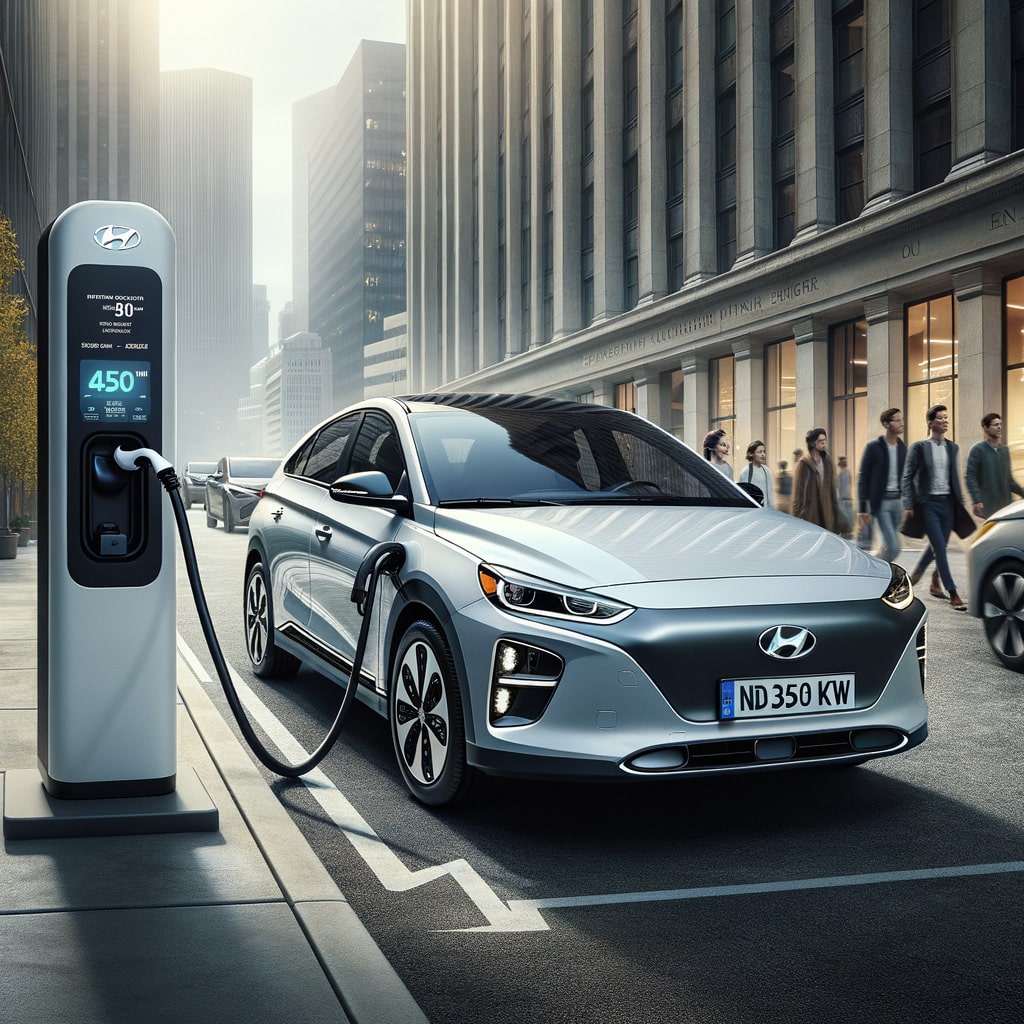
Performance Breakthroughs: Range, Safety and Fast Charging in One Package
The headline numbers are staggering. Early road tests show a midsize Hyundai electric vehicle equipped with the Hyundai solid state battery achieving up to 50 % more range versus the company’s current 77 kWh lithium-ion pack. For an IONIQ 5, that translates to roughly 450 miles on a single charge. Just as impressive is charging speed. Because the solid electrolyte can handle high currents without overheating, Hyundai targets a 10–80 % charge in under 10 minutes on a 350 kW DC fast charger—truly entering the realm of a fast charging EV battery.
Safety improvements are equally game-changing. Without liquid electrolyte, the risk of thermal runaway is nearly eliminated, and the pack remains stable even when punctured. Hyundai’s engineers report successful nail-penetration tests at room temperature with no fire or smoke—an achievement that could slash insurance costs and improve consumer confidence. Durability is another big win. Solid state cells lose far less capacity over time; projections suggest 80 % retention after 1,500 cycles, meaning the pack could outlast the vehicle itself.
These combined benefits (range, safety, longevity) put Hyundai ahead of rival announcements from Toyota, QuantumScape and CATL. For deeper context, we’ve compared those brands in our article “Solid State Battery Race: Who’s Really Ahead?”
[Embedded YouTube video will appear here to illustrate the testing footage.]
Sustainability Wins: Lower Carbon Footprint and Easier Recycling
Beyond performance, the Hyundai solid state battery offers considerable environmental advantages. First, its higher energy density lowers the total amount of raw material per vehicle, directly reducing mining impact. Second, Hyundai’s solid electrolyte formulation requires little to no cobalt and nickel—metals often linked to human-rights issues in the Democratic Republic of Congo and environmentally damaging open-pit mines.
Less frequent charging also translates into lower grid demand. Pair the battery with renewable energy sources and you slash well-to-wheel emissions dramatically. Hyundai is piloting solar-integrated charging canopies at its Ulsan plant to demonstrate a closed-loop system where sunlight powers both production and vehicle charging.
End-of-life recyclability improves, too. Because the solid electrolyte is inert and non-toxic, it can be mechanically separated without complex solvent processes. Hyundai is partnering with battery recycler Li-Cycle to recover up to 95 % of valuable metals, supporting a true circular economy. If you’re interested in broader ESG impacts, read our internal case study on “Green Manufacturing in the EV Era.”
Finally, better pack longevity means fewer replacements and less electronic waste. In fleet applications—think ride-hailing or delivery vans—that difference scales quickly, potentially diverting thousands of tons of battery scrap from landfills over the next decade.
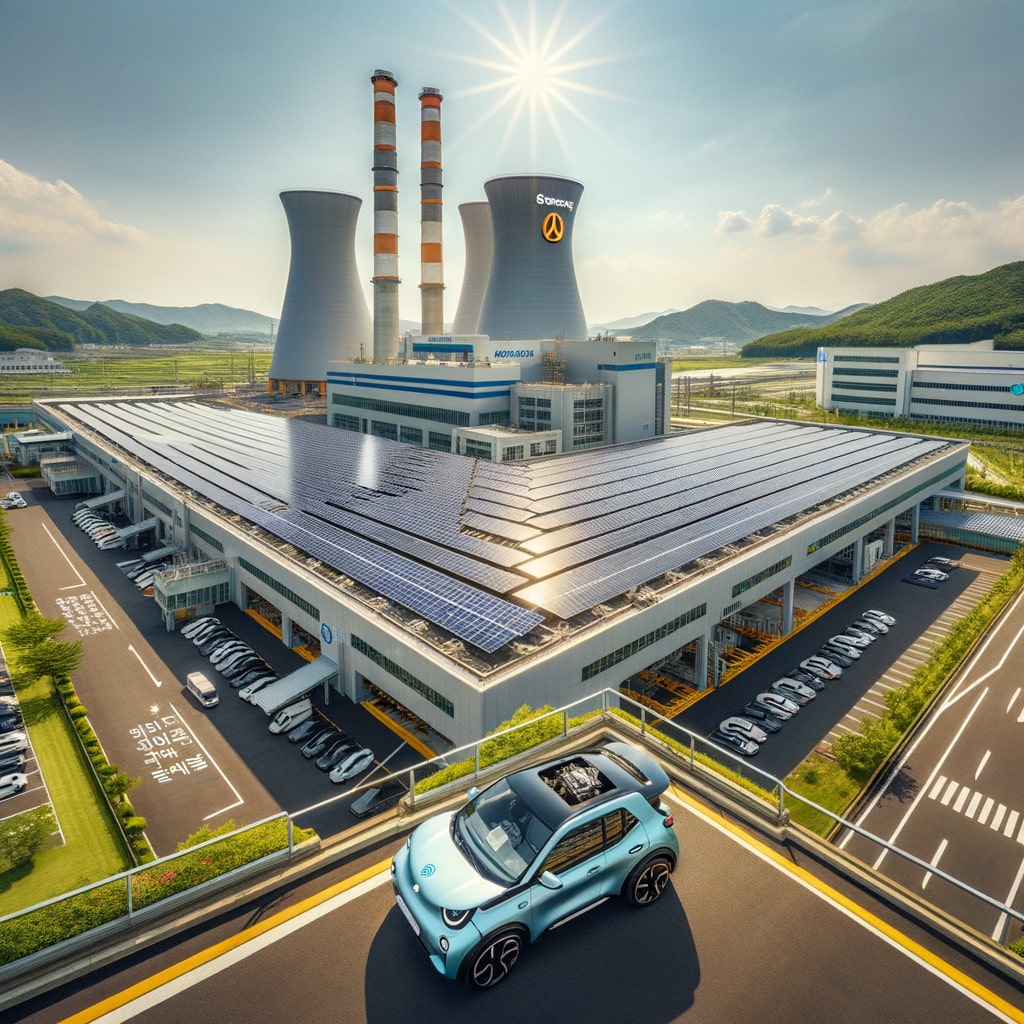
Market Shockwaves: How Hyundai’s Breakthrough Disrupts the Auto Industry
Analysts at BloombergNEF estimate global solid state EV battery shipments will exceed 20 GWh by 2028, but Hyundai’s announcement could accelerate that timeline. The company plans pilot-line production in 2025, aiming for mass-market models by 2027. That aggressive schedule pressures incumbents like Tesla, which still relies on advanced lithium-ion chemistries (4680, LFP). It also complicates the roadmap for start-ups such as QuantumScape that bank on licensing technology rather than manufacturing cars.
Consumer expectations will shift just as quickly. If a Hyundai electric vehicle can recharge in the time it takes to grab coffee, range and charging anxiety evaporate, leaving brand, price and software as primary differentiators. Expect price parity—or even superiority—over internal-combustion vehicles once production volumes climb, thanks to reduced materials cost and streamlined pack architecture.
Dealers and charging-network operators must adapt, too. Ultra-fast 800-volt infrastructure will move from a premium perk to a necessity. Related topic: see our guide on “Upgrading Public Chargers to 800-Volt Standards.”
Finally, governments pushing zero-emission mandates gain a powerful ally. Faster adoption spurred by the Hyundai solid state battery could help regions like California and the EU meet 2035 combustion-engine bans ahead of schedule, unlocking incentives and supply-chain investments worldwide.

The Road Ahead: When You’ll Drive a Hyundai With Solid State Power
Hyundai’s official roadmap calls for limited-run solid state prototypes in late 2024, pilot fleets for ride-hailing partners in 2025, and the first consumer-ready model—likely an IONIQ 7 SUV—in 2027. Between now and then, expect incremental reveals: pack-design tweaks, supplier agreements, and perhaps joint-ventures similar to Hyundai’s existing battery plant partnership with SK On in Georgia, USA.
For buyers weighing their next car, the message is clear: the Hyundai solid state battery is closer than you think. Leasing a current IONIQ 5 or 6 today places you on the upgrade path, as Hyundai traditionally offers favorable trade-in programs when revolutionary technology hits showrooms.
From an industry perspective, this development underscores the broader shift toward next-generation battery technology that emphasizes safety and sustainability just as much as speed. Automakers slow to pivot risk being left with stranded lithium-ion capacity and outdated vehicle architectures.
In short, the Hyundai solid state battery isn’t a science-fair concept; it’s a near-term production reality that will redefine what drivers expect from an electric car. Keep following our EV technology hub for monthly lab-tour updates, supplier interviews and teardown reports. The EV future is solid—and Hyundai is steering straight into it.
